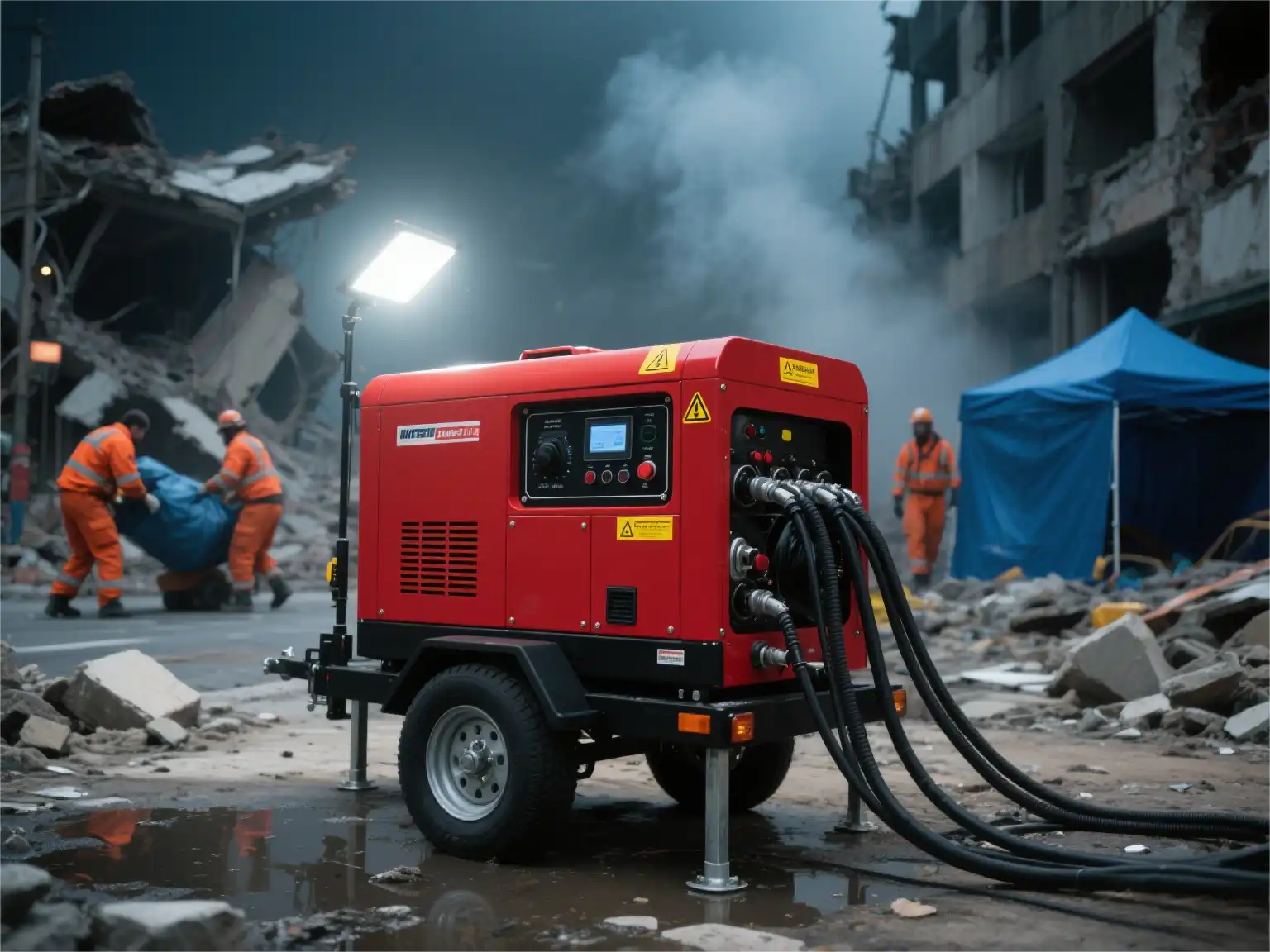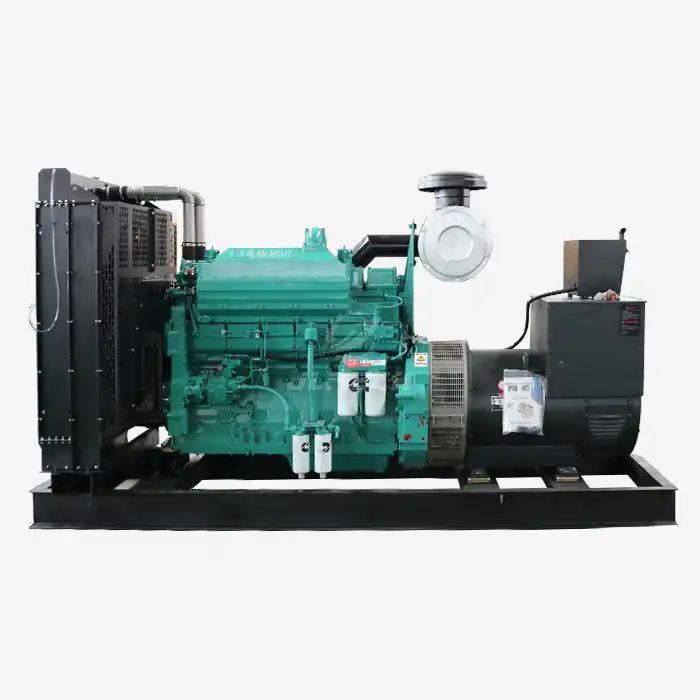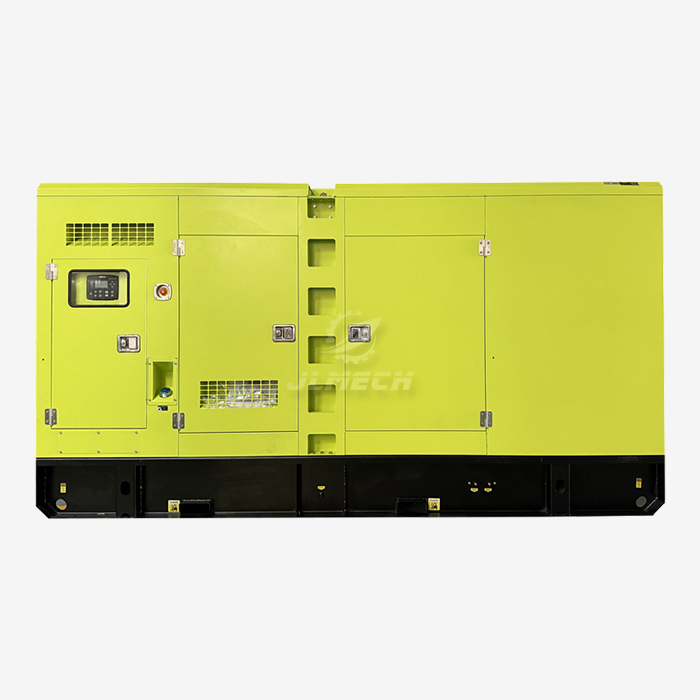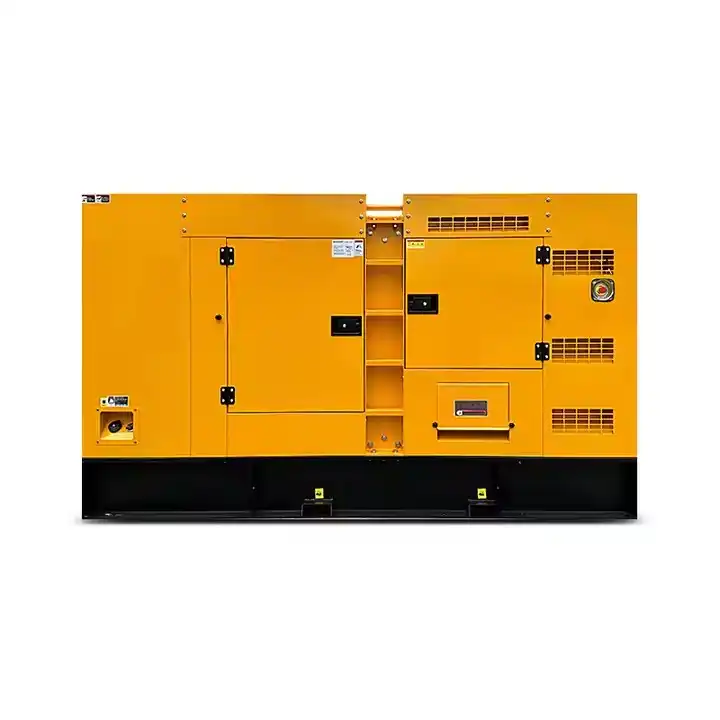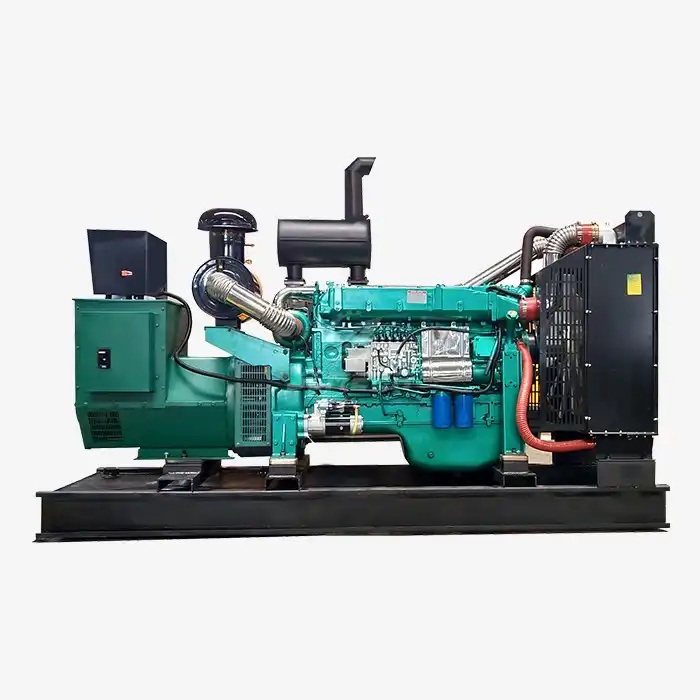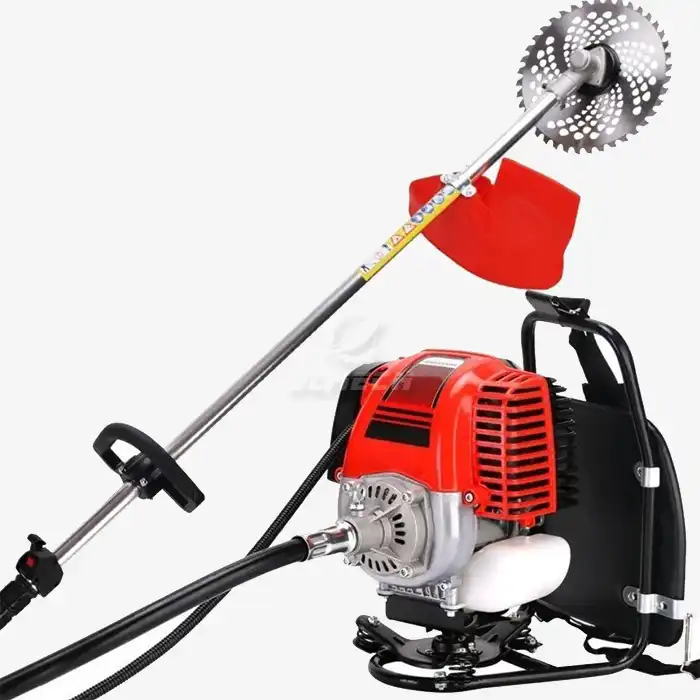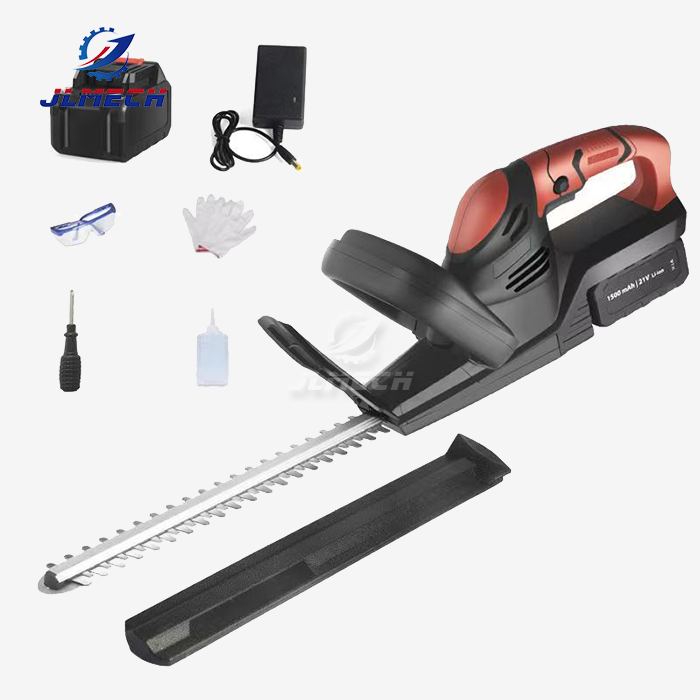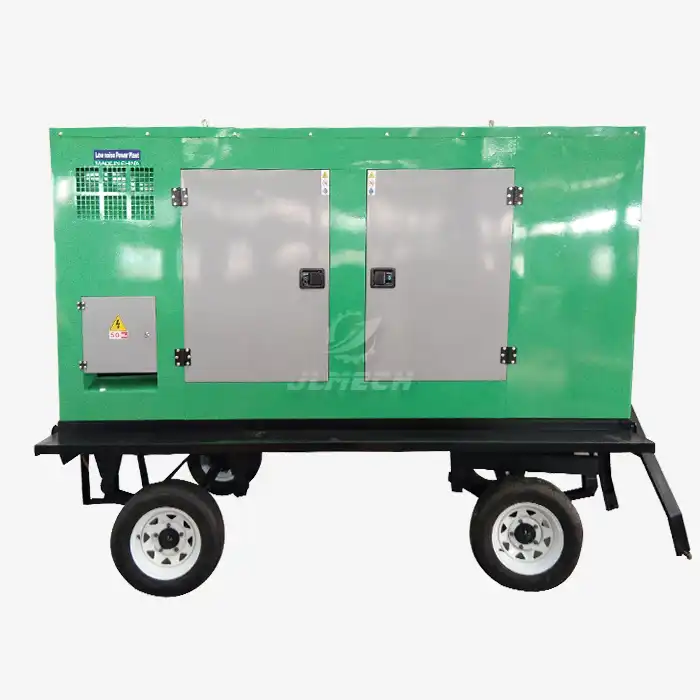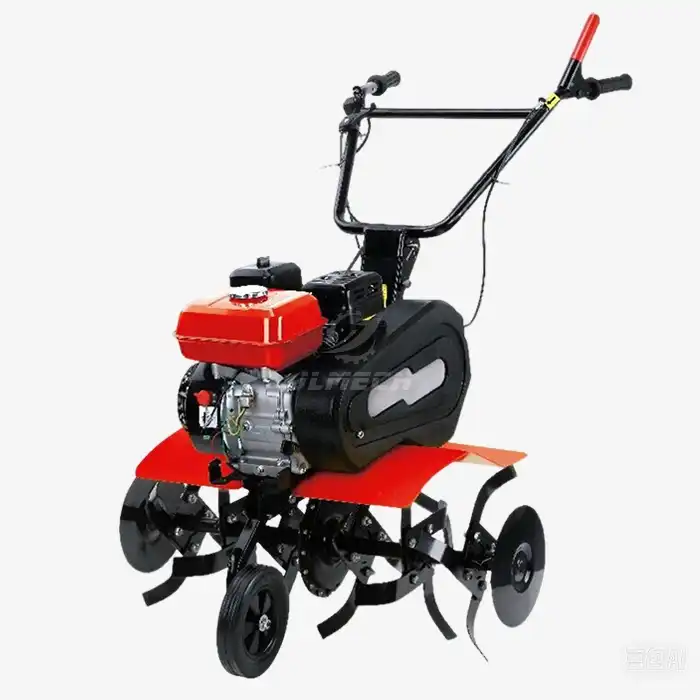What Features Make a Portable Power Station Ideal for Rescue Operations?
Portable power stations work well in disaster rescue situations because they have a unique set of features that make them perfect for the tough jobs that emergency workers have to do.These innovative power solutions have many features that make them quite useful in times of need:
Mobility and Lightweight Design
Being able to immediately send resources to places that have been damaged is one of the most important parts of responding to a catastrophe. Portable power stations are designed to be simple to move around. They are simple to carry since they are small and light. This mobility lets rescue teams swiftly move power sources to the places where they are most needed, whether it's a remote mountain village or a metropolis with broken infrastructure.
Multiple Power Outputs
In an emergency, it's important to be able to do many different things, and portable power stations are great at this. They usually include several output choices, such as AC outlets, DC connectors, and USB connections. This variety lets rescue personnel power many different devices at the same time, such as laptops, communication tools, medical gear, and lighting systems. When one source can meet numerous power demands, it makes operations easier and cuts down on the number of pieces of equipment that need to be moved to disaster locations.
Rapid Charging Capabilities
In rescue operations, time is crucial, and portable power stations help with this by being able to charge quickly. You can recharge many models in more than one way, such as using solar panels, automobile chargers, or AC power when it's available. This flexibility makes sure that the power stations can be promptly refilled, which cuts down on downtime and keeps assistance for important rescue operations going.
Durability and Weather Resistance
Disaster zones generally have severe weather; therefore, they need equipment that can handle it. High-quality portable power stations are designed to be tough and weatherproof, so they may work well in very hot or cold weather, dusty places, and even light rain. This durability guarantees that electricity will always be accessible, no matter how hard the rescue crews have it.
Compact & Powerful: Why Portable Power Stations Excel in Disaster Relief
Portable power stations are essential in disaster relief not just because of their characteristics, but also because of how such features support real-life rescue efforts. Knowing why these devices function so effectively in such vital situations helps explain why emergency response teams all across the world are employing them more and more.
Immediate Power Deployment
Every minute counts after a disaster. Portable power stations make it easy for rescue teams to put up a power source right away. These machines can start up in seconds, unlike other generators, which require fuel and time to get going. This implies that they can power crucial tools immediately. This ability to swiftly deploy might save lives, especially when it comes to powering medical equipment or communication systems during the initial few hours of a rescue mission.
Environmentally Friendly Operation
Areas that are sensitive to the environment are often disaster zones, and adding pollution may make things worse. Portable power stations are perfect for tiny spaces or places that care about the environment since they don't generate any noise or discharge any pollutants. This clean operation protects both the rescuers and the survivors, and it also prevents further damage to the environment in locations that have already been affected.
Scalability and Adaptability
The quantity of power required in a catastrophe might be quite variable, ranging from powering one item to keeping big temporary command centers operational. Rescue teams can scale up or down these portable power stations to meet diverse power demands. Their power capacity may be modified as needed since they are modular. Such versatility means that they may change to fit the demands of the rescue and recovery procedure.
Emergency Power Backup: The Critical Role of Portable Power Stations in Disasters
Having steady sources of power is quite crucial when things go wrong. Portable power stations are particularly vital for keeping things running and helping with life-saving activities in an emergency. They have an impact on several aspects of disaster response and recovery:
Maintaining Communication Networks
Maintaining open lines of communication during a crisis is crucial. Portable power stations ensure that communication devices such as satellite phones, radios, and computers continue to function. This allows rescue teams to coordinate their efforts, share information, and stay in touch with command centres. Regular communication is essential for the operation of rescue attempts, allocation of resources, and updating affected individuals.
Supporting Medical Operations
In areas affected by disasters, obtaining medical care can be quite challenging. Portable power stations provide a steady supply of energy to medical equipment such as ventilators, monitoring devices, and medicine refrigerators. This capability enables medical teams to establish temporary clinics or support hospitals that may have lost power, ensuring that life-saving treatments can continue without interruption.
Powering Search and Rescue Equipment
Thermal cameras, drones, and lighting systems are examples of specialized technology that search and rescue teams often use. Portable power stations keep these critical tools operational throughout protracted search operations, which makes it more probable that survivors will be located and saved in severe conditions.
Jlmech, a well-known maker of power solutions, knows how important portable power stations are for disaster relief work. We are committed to quality and innovation, so rescue teams can always rely on us to provide them reliable, effective, and long-lasting power supplies. Jlmech's portable power stations are ideal for emergencies since they are sturdy, simple to move, and give out the proper quantity of power.
At Jlmech, we recognize that every disaster relief effort is distinctive, which is why we provide solutions that may be customized to meet your needs. Our portable power stations for transportation come with the following:
- Rated AC Voltage: 400V
- Frequency: 50Hz
- Engine Speed: 1500 R.P.M
- Three -phase capability
- Available in Silent or Open Frame types
- 4/6 cylinder Engine Types
- Water Cooling system
- Electric Starting method
- OEM/ODM Customization options
- Certifications: CE/Euro 5/EPA/CARB
Our portable power stations include LiFePO₄ batteries that can contain 2000 Wh and give out 3000 W. This much power is enough to run vital appliances, medical equipment, or heavy tools in an emergency. Our gadgets are ideal for disaster relief locations since they can provide electricity even in the harshest weather and work with solar power.
Jlmech's portable trailer diesel generator sets make disaster relief work easier by giving you more options. We can quickly set up these units anywhere, providing immediate power to construction sites, field activities, and emergency rescue efforts. We put our power stations through their paces in challenging places to make sure they perform impressively in temperatures from -20°C to 60°C and whether it's dusty or rainy. Our dedication demonstrates how committed we are to quality and new ideas.
Conclusion
Portable power stations are required for disaster relief operations right now because they provide a dependable, flexible, and environmentally friendly way to receive electricity when it's needed most. They are a wonderful alternative for rescue teams, medical personnel, and relief groups operating in places that have been impacted by disasters since they can immediately deliver clean electricity even in the worst situations.
Portable power stations are important for disaster relief efforts right now because they provide a safe, flexible, and eco-friendly way to receive electricity when it's needed most. In disaster-stricken locations, they are a great alternative for rescue teams, medical experts, and humanitarian agencies since they can offer clean energy fast and directly in bad weather.
Jlmech can help you improve your ability to manage calamities with its latest portable power options. We have been in the power solutions industry for more than 29 years and operate with more than 300 partners in many different nations. We make power tools particularly for you that are reliable and work well. We have 52 engineers who work in three research and development centres to make sure that our products work well in many different places, from tropical to dry and high-altitude settings.
Even if you don't have power, you can still aid others. Email Jlmech at skala@whjlmech.com right now to find out more about our portable power stations and how they can help you deal with disasters better. Our experts can help you find the best solutions and ensure you have the power you need when you need it most.
References
1. Johnson, M. (2023). "The Role of Portable Power in Disaster Relief Operations." International Journal of Emergency Management, 15(2), 78-92.
2. Smith, A. & Brown, T. (2022). "Advancements in Portable Power Technology for Humanitarian Aid." Energy for Sustainable Development, 67, 102-115.
3. United Nations Office for Disaster Risk Reduction. (2023). "Global Assessment Report on Disaster Risk Reduction 2023." Geneva: UNDRR.
4. Lee, K. et al. (2021). "Comparative Analysis of Portable Power Solutions in Emergency Response Scenarios." Renewable and Sustainable Energy Reviews, 145, 111032.
5. World Health Organization. (2022). "Emergency Medical Teams: Minimum Technical Standards and Recommendations for Rehabilitation." Geneva: WHO.
6. Federal Emergency Management Agency. (2023). "FEMA Disaster Preparedness Report: Enhancing Resilience Through Technology." Washington, D.C.: FEMA.



